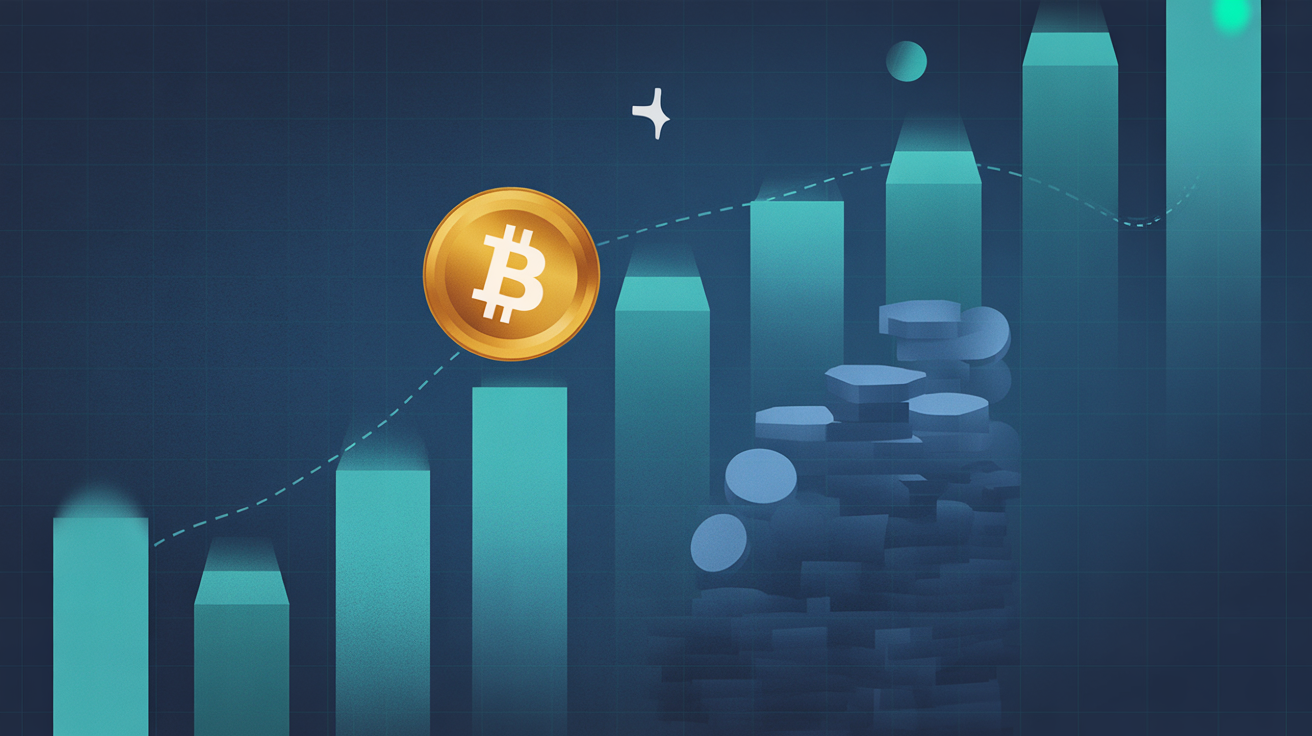Crypto Token Buybacks Skyrocket 400%, But Keyrock Urges Discipline
Tokenholder payouts in crypto have surged more than 400% since 2024, totaling nearly $800 million in Q3 2025, yet Amir Hajian, head of research at market-making firm Keyrock, warns that most buybacks are still funded by treasuries rather than recurring revenue. In a new report, Hajian argues that token buybacks must evolve from hype-driven spending into strategic, valuation-based capital management.
Token buybacks allow blockchain projects to repurchase their own tokens from the open market, similar to stock buybacks. By reducing circulating supply, buybacks can signal confidence to investors and potentially increase token value.
Hajian sees the rise of buybacks as a test of crypto maturity. Initially a method to show that protocols could return value like traditional companies, buybacks now reveal whether projects can repurchase tokens with central-bank-level prudence, rather than reacting to bull-market sentiment.
Much of the capital used for buybacks still comes from treasuries, exposing protocols to the risk of draining future operational funds. With regulatory clarity improving in the U.S. and recurring fee-based revenue growing, buybacks are increasingly seen as a way to connect revenue generation to tokenholder value.
Across 12 revenue-distributing protocols studied, teams returned an average of 64% of total revenue to token holders, far exceeding traditional DAOs, which typically reinvest about 75% of spending into growth and development. Hajian notes that this preference for distributions over reinvestment highlights the limits of one-time treasury spending.
Some projects are beginning to link buybacks to valuation metrics, cash flow, and market conditions rather than fixed schedules. Hajian highlights two emerging approaches:
- Trigger-based models: Buybacks are tied to measurable fundamentals, such as valuation multiples, increasing when tokens appear undervalued and scaling back when prices are high.
- Options-based structures: Protocols sell covered puts to earn premium income while committing to future buy levels, generating revenue even if no immediate buyback occurs.
These mechanisms reflect a maturing approach to tokenomics, aligning buybacks with market realities and sustainable treasury management.
Execution quality remains a risk. Many projects use taker orders, which pull liquidity from thin order books and exaggerate price swings once buying stops. Hajian recommends maker orders calibrated to organic volume, which allow protocols to add liquidity rather than consume it.
When Should Buybacks Occur?
Hajian argues that buybacks should only be initiated when revenues are recurring, treasuries can cover at least two years of operations, and tokens are trading below their fundamental valuation. Mature projects wait until financial strength is evident, while newer teams often deploy buybacks too early to attract attention, risking depletion of funds for product, growth, and R&D.
Ultimately, Hajian writes, the real measure is discipline. Buybacks aren’t proof of success—they are a signal of whether crypto can evolve from distributing promise to managing profit.





